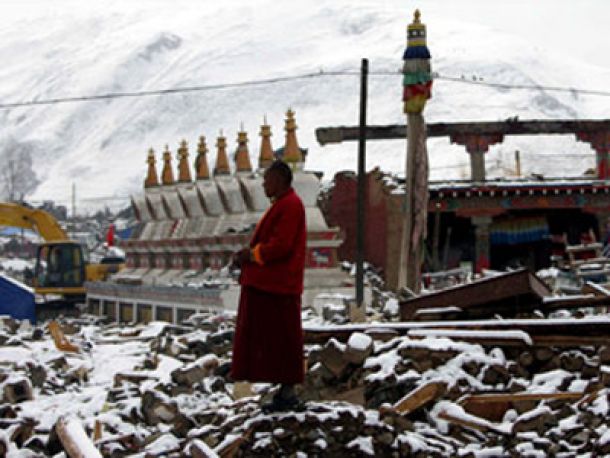News
Is the Earth striking back?
By: cnn.comPosted On: 04/23/2010 12:53 P

Tweet
One endless June afternoon a decade ago, I drove along southern Iceland's Highway One, past the weak spot in the planetary crust whose rupture recently brought air traffic in Europe to an ashen standstill.







